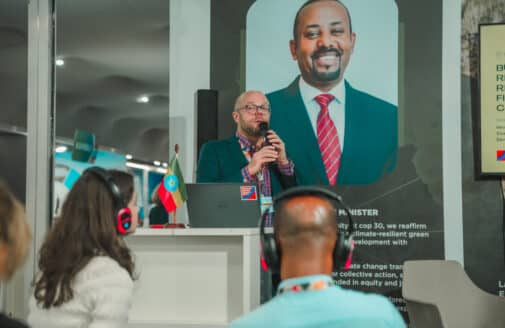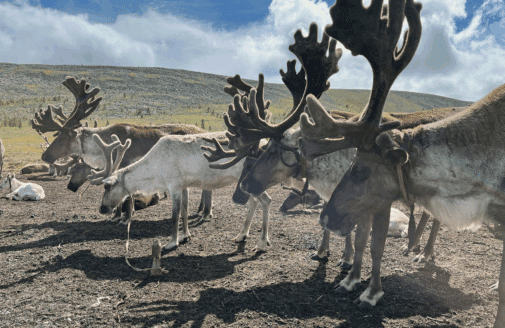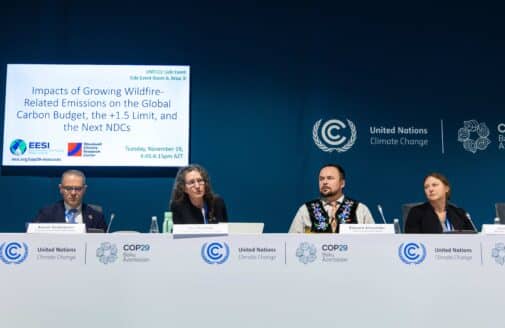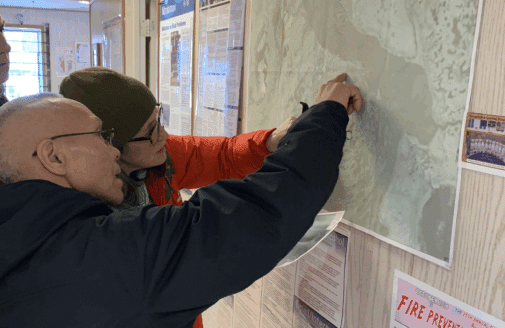Striking similarities in a vision for US global change research
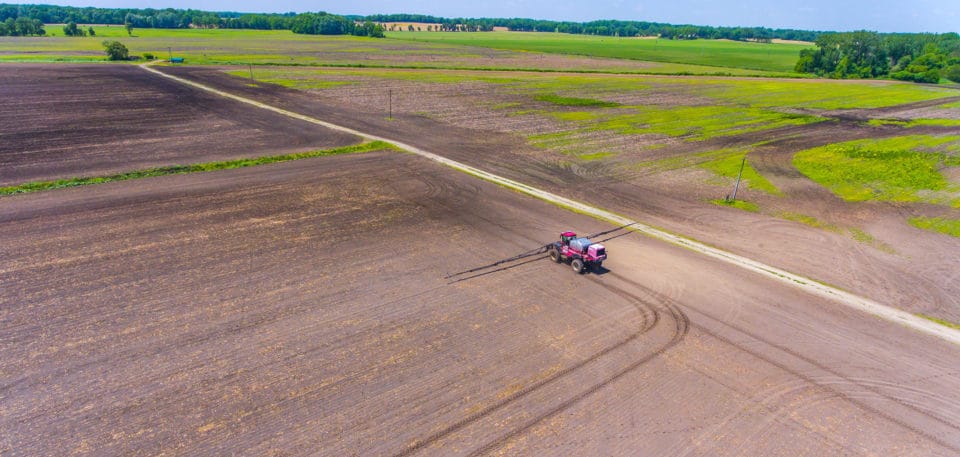
The Global Change Research Act (GCRA) of 1990 mandates a program of federally-sponsored research to “assist the Nation and the world to understand, assess, predict, and respond to human-induced and natural processes of global change.” Although the GCRA mandates that the US research program “provide usable information on which to base policy decisions relating to global change,” historically the program has focused instead on fundamental science—understanding how the climate system works and how humans are disrupting it. The immediacy of climate change impacts highlights the urgency of policy action, however, and a new report from the National Academy of Sciences (NAS) emphasized the need for the research agenda to be designed to inform those policies. The result is a set of recommendations that largely mirror our Woodwell Climate Research Center’s own approach.
Among other things, the GCRA requires a 10-year strategic plan to guide the federal research program. Not surprisingly, the Trump Administration did not release a plan as scheduled in 2020. In response to this, the National Academy of Sciences (NAS) decided to write a short report suggesting a vision for US global change research—not a full strategic plan—and release this in time to inform actions by the Biden administration. I contributed to this document, which was written over the past year, briefed to White House on Friday, March 12, and released to the public on Tuesday, March 16. Dr. John Holdren reviewed a draft, and the effort was led by our colleague Dr. Jerry Melillo at MBL (just a couple of miles down Woods Hole Road).
In addition to emphasizing the need for policy-relevant research, the committee calls for a research program “commensurate with the scope, scale, and urgency of the challenge.” The present research program is funded at the level of nearly $2.5B/yr. While this fits Everett Dirksen’s definition of “real money,” this amount is far less than we spend on many other programs and far less than the annual cost of climate-related disasters. In my view the scale of the overall program is clearly deficient, as is funding available for understanding really important threats like extreme weather, feedbacks and tipping points.
Furthermore, there is very little work on the human toll of climate change—translating changes in the physical work into socioeconomic terms. This means assessing for example how climate change affects food scarcity, water scarcity, human health, migration, political instability, and so on. This understanding is needed both to help us understand what is at stake, and also to help decision-makers prepare for what’s coming. Very little of this critically-important work is happening, partly due to funding limitations and partly because there are real institutional barriers to doing the sort of cross-disciplinary work needed. I strongly support the committee’s recommendation that the US research program be expanded in scope to include a strong focus on understanding socioeconomic consequences of climate change.
Additional key recommendations include research into “reflecting sunlight,” sometimes known as “geoengineering.” In theory this could counteract some of the effects of increased atmospheric greenhouse gases. No one loves this idea, and many consider it repellent. As we continue to argue over rearranging deck chairs, however, carbon dioxide continues to accumulate in the atmosphere, and previously unthinkable options become increasingly imaginable.
Finally, the committee recommends research into developing the capability to independently measure national greenhouse gas emissions. The Paris climate agreement relies upon self-measured and self-reported national emissions. This weak verification regime was partly a political necessity, but in truth we lack the ability to independently measure other nations’ greenhouse gas emissions with any meaningful accuracy. With satellite and in-situ measurements, however, and lots of computer horsepower, we could do much better.
The similarities between this report’s recommendations and our priorities at Woodwell are striking: a motivation to inform policies and decisions, and a focus on understanding societal risks, on extremes thresholds and tipping points, and on measurement of greenhouse gas emissions. One might argue that the shared element of my involvement makes this resemblance not entirely coincidental. Even so, the acceptance of these priorities by the NAS committee and the interest expressed by the White House and Federal agencies is a nice endorsement of Woodwell’s agenda.
What happens next? Every presidential administration has discovered that implementing change within the federal government requires persistence, knowing where the levers are, and buy-in from on high. This administration’s commitment to climate change vastly exceeds that of any before it—if there’s ever been a moment for change, this is it. So there’s reason to feel some optimism about prospects for a bigger and broader federal research program. Regardless of what happens (or doesn’t) in Washington, here at Woodwell Climate we’ll continue to have outsized impact focusing on the most important unsolved problems in climate science, and putting that understanding to work in the real world.
Thanks as always for your interest and support.




